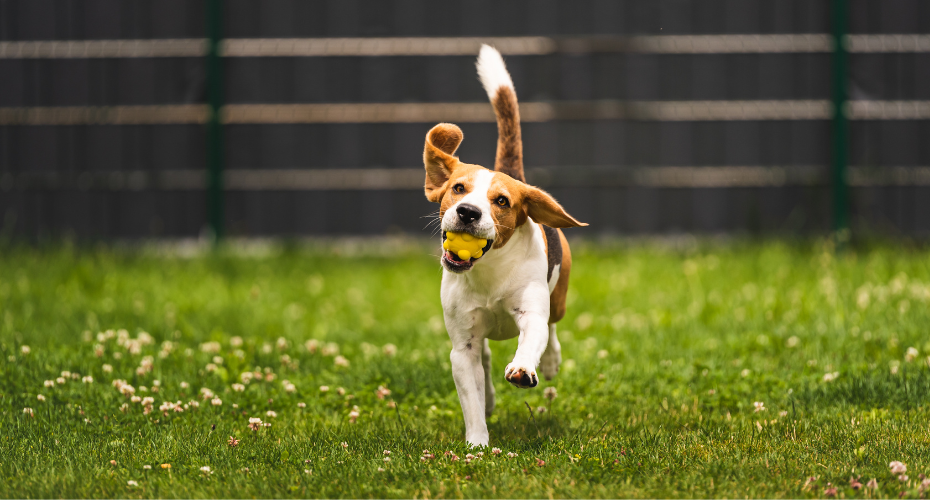
Of course, keeping your dog from running away is necessary for its health and safety. The benefits of keeping a dog within a certain area are many. For example your dog could run off and get lost, get hurt by other animals, hurt by humans, eat toxic substances, or as a worst case the dog could injure someone.
The most obvious way to keep a dog penned into a certain area is to build a fence, something that acts as a physical barrier between your pet and the outside world. However, in some cases a physical 10-foot fence for example is not possible, so increasingly people are turning to what are called invisible fences that are buried electronic barriers. There is some controversy surrounding invisible fences, some people think they are dangerous but there is no doubt they are becoming more popular. In this article we will look at some of the advantages and disadvantages of invisible dog fences.
How an invisible dog fence works
The invisible fence is not a brand new technology, and in fact they were first developed 20 years ago and during the last decade they have proved a reliable tool on numerous occasions. The invisible fence is actually just a wire (antenna) under the ground and around the perimeter of your dog’s area, or alternatively the wire could be placed above ground.
The dog then wears a collar that transmits a signal to the wire. If the dog gets too close to the wire the collar sends out a noise that is uncomfortable for the dog, and if the dog continues to approach the perimeter the collar via two metal connectors will deliver a mild static shock. The use of invisible fences has led to debate about their safety, so maybe we should look at the pros and cons.
Pros for invisible dog fences
Maintenance is a major factor in the popularity of underground invisible fences. As the wire is underground it is not subject to a bad climate or an animal damaging it, and it also requires no cleaning.
The classic escape route to dogs is not available. Normally a dog will try to jump over a physical fence or dig under it, but needless to say that option is not available with an invisible fence.
Your garden looks bigger, it is not closed off. The invisible dog fence is also good to seal off any areas of your garden you do not want the dog to go, such as a pond, garden bed or shed.
Invisible dog fence cons
Many people make the mistake of thinking an invisible dog fence trains the dog, but it will not. You still have to train your dog to know where it can and cannot go. The fence will just be a tool that reinforces whatever training you have given.
While the underground fence will stop your dog leaving and interacting with the outside world, it will not stop the outside world from entering. Another animal or even a person could still enter the dog’s area and injure the dog, while the growing trend of dog theft is aided by no physical barrier.
The fence will only work on older dogs that are adept at learning commands. A puppy should not be enclosed by an invisible dog fence as it cannot process or understand the outcome if it gets too close. An older dog that is well trained will come to understand the consequence of edging too close to the perimeter, but younger dogs will not.
While manufacturers of invisible fences maintain that the static shock is minimal and indeed less than a friction shock we experience, many owners feel uncomfortable shocking their dogs. While no injuries occur from the barrier, there is little scientific research we can do to know if it hurts the dog too much or not.
One of the keys to successfully using an invisible dog fence is to train the dog properly, for it to understand its limits and the consequences of getting too close to the area boundary. Dog training aids can help to get your dog conditioned for what you want it to do. Find out more dog training and behavior aids online at Vet Products Direct.


